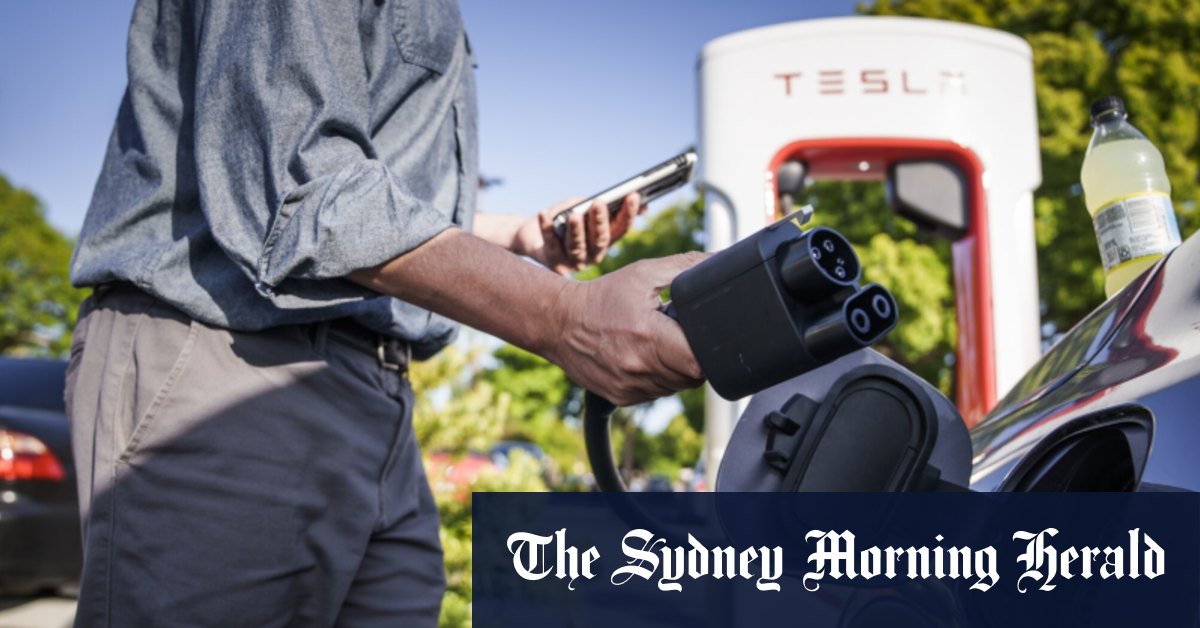Fears Elon Musk’s ‘tantrum’ sackings could hit Australian EV drivers

- by Admin
- May 14, 2024

Tesla has rolled out more than 50,000 Supercharger stations globally, including more than 80 in Australia.
The news, coupled with the collapse last month of major charging infrastructure producer Tritium, has observers spooked.
Will Jameson, formerly Tesla’s lead of strategic charging programs, wrote on X, formerly Twitter: “What this means for the charging network … and all the exciting work we were doing across the industry, I don’t yet know.”
Dr Bjorn Sturmberg, a senior research fellow at Australian National University who specialises in electric vehicles, said consumer confidence was “absolutely critical” to persuading motorists to switch to electric vehicles.
“The perceived and material availability of chargers is central to this,” he said.
“While we wait to see what damages these redundancies will have materially on the Supercharger network, the damage to perceptions of a reliable charging network have already occurred, particularly coming soon after the collapse of Tritium.”
The decision to fire a reported 500 staff in the Supercharger division came after Tesla posted its first quarter earnings, which reported a 9 per cent fall in revenue, the biggest decline since 2012.
“It was a classic Musk move – erratic, unpredictable, not unlike a tantrum,” said Australian Electric Vehicle Association (AEVA) president Chris Jones.
“It’s disappointing because they do have a very good product; their chargers are genuinely quite reliable, and they don’t they don’t tend to break down [and] spend as much time offline as many other brands do.”
About 9.5 per cent of new car sales in Australia are electric vehicles, according to analysis by the association.
Loading
Asked how important Tesla was to vehicle electrification in Australia, Jones – who also lectures in applied engineering at South Metro TAFE in Western Australia – said: “very”.
“[It] seems a bit disappointing,” he said.
“The chicken-and-egg situation with charging had largely resolved itself. Basically, there’s more EVs than charges. So any amount of charging going in is still not going to be enough.”
Tesla Australia says its Superchargers can add up to 282 kilometres of range to EV batteries in just 15 minutes.
The Latest News
-
December 23, 2024Alex de Minaur makes Christmas Day pledge: ‘Never satisfied’
-
December 23, 2024News Corp. and Australia Telecom Company Telstra Agree to Sell Foxtel to Streaming Sports Platform DAZN in $2.1B Deal
-
December 23, 2024Alex de Minaur is coming off the ‘best year’ of his career… but he wants more in 2025
-
December 23, 2024Sorry, Charlie. Son of Tiger makes his first career ace, but Team Woods loses to Team Langer on first playoff hole – Australian Golf Digest
-
December 23, 2024DAZN ADVANCES GLOBAL EXPANSION WITH ACQUISITION OF FOXTEL, A LEADING AUSTRALIAN SPORTS AND ENTERTAINMENT MEDIA GROUP





